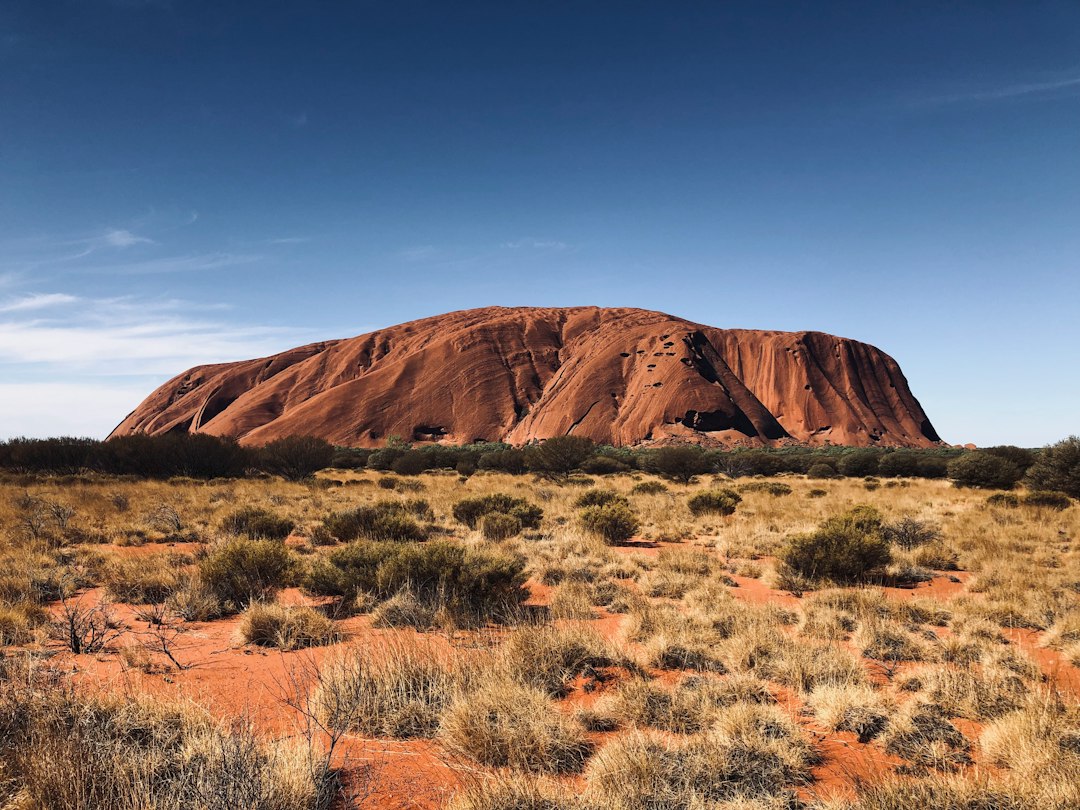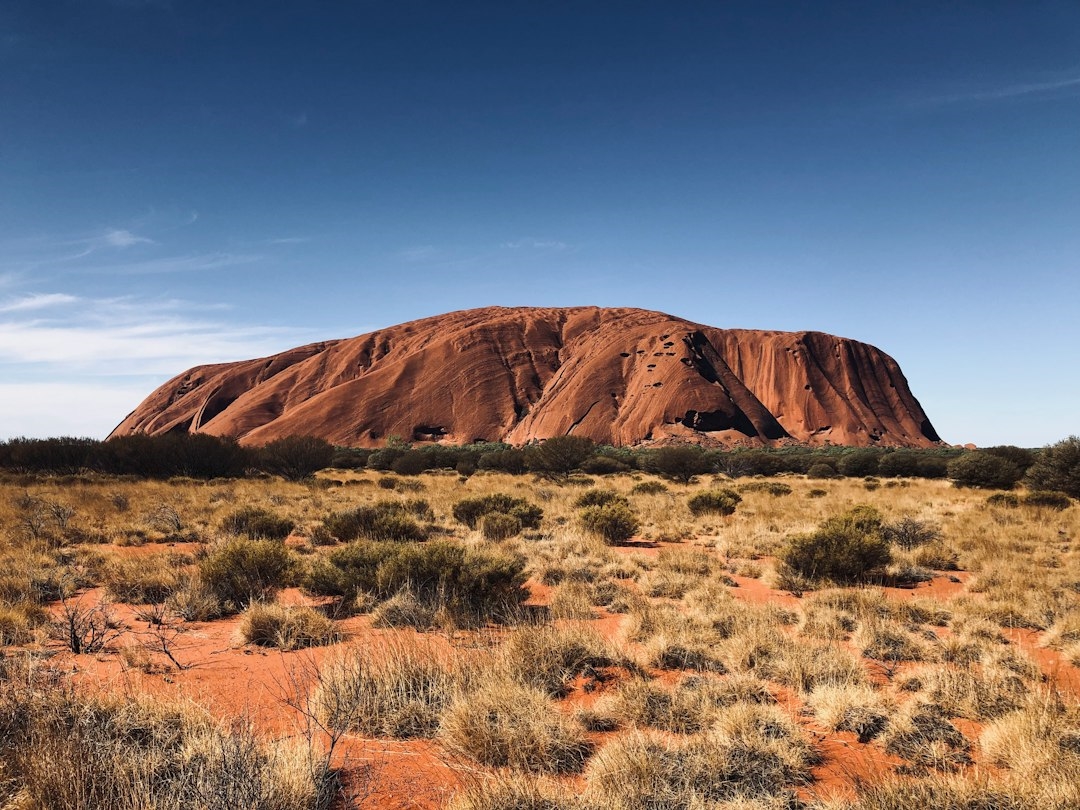The Location of Alice Springs
Alice Springs is located in the heart of Australia in the Northern Territory. It is situated in the arid regions of Central Australia, surrounded by desert landscapes and mountain ranges. The town is not close to any major bodies of water, which plays a significant role in its cold climate.
The Influence of Elevation
Alice Springs sits at an elevation of approximately 545 meters above sea level. The higher altitude contributes to much cooler temperatures compared to the coastal areas. As the air rises over the mountain ranges, it cools down, resulting in lower temperatures in the region.
The Desert Climate
Alice Springs experiences a desert climate, which means it has hot summers and cold winters. The absence of large bodies of water nearby prevents the moderation of temperatures, leading to extreme weather conditions. During the winter months, the lack of heat-retaining water causes temperatures to drop rapidly after sunset.
The Influence of Cold Air Masses
Due to its geographical location, Alice Springs can be affected by cold air masses. These air masses originate from the southern part of Australia and are often responsible for the sudden drop in temperatures during winter. As the cold air pushes northward, it reaches Alice Springs, resulting in chilly weather conditions.
The Absence of Cloud Cover

Another reason behind the cold temperatures in Alice Springs is the lack of cloud cover. Clouds act as a natural insulator, trapping heat and preventing it from escaping into the atmosphere. However, in arid regions like Alice Springs, the skies are often clear, allowing heat to dissipate quickly, resulting in colder nights.
Impacts on the Environment
The cold temperatures of Alice Springs play a crucial role in shaping the local environment. The region’s flora and fauna have adapted to withstand the extreme temperature ranges throughout the year. Certain plant species, such as the iconic desert oak, thrive in cold conditions, while reptiles and insects have developed unique strategies to survive the cold winters.
Alice Springs gets so cold due to its location in the arid regions of Central Australia, the influence of elevation, the desert climate, cold air masses, and the absence of cloud cover. These factors combine to create chilly winter temperatures and contribute to the unique environment in the area.
